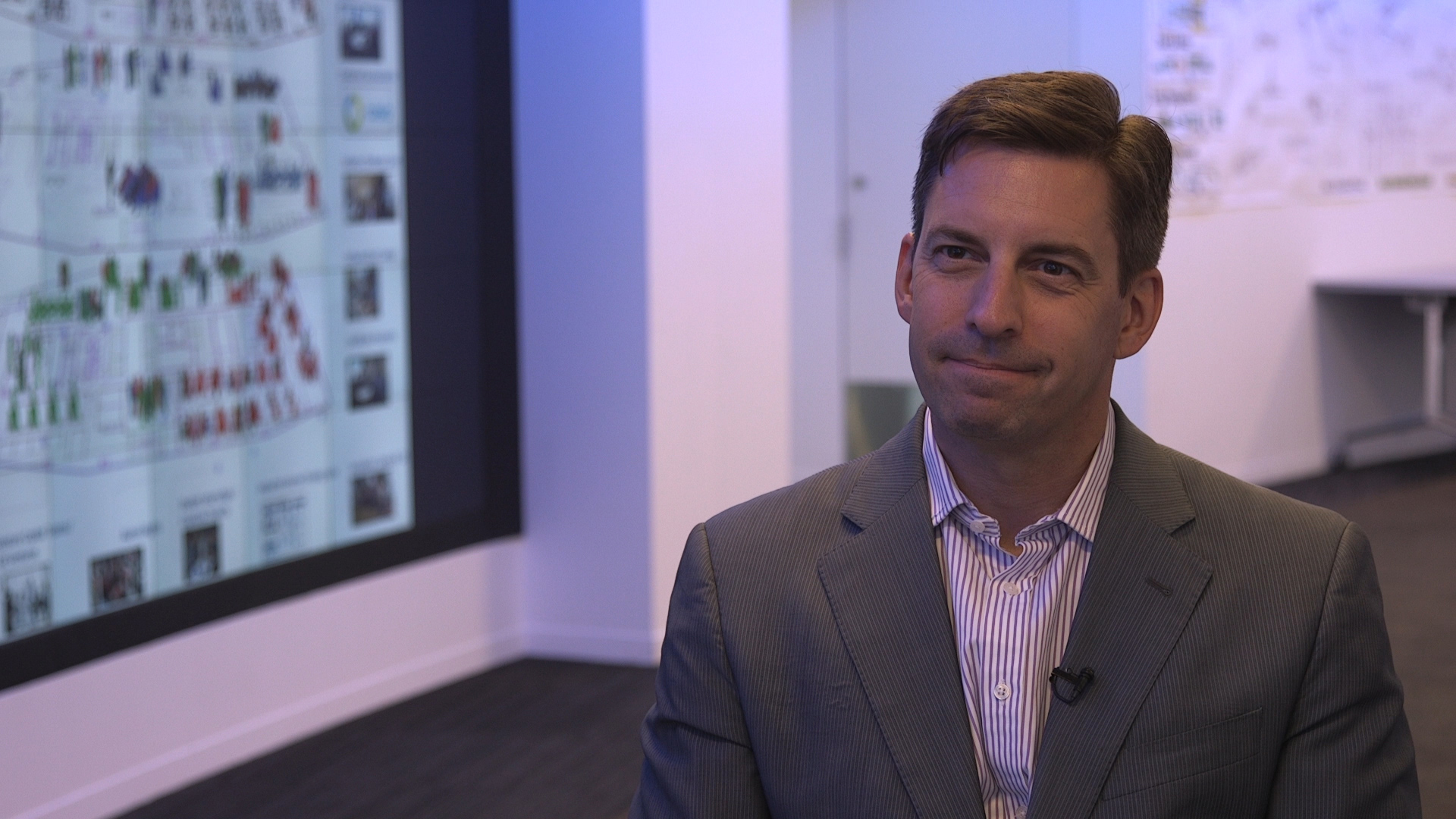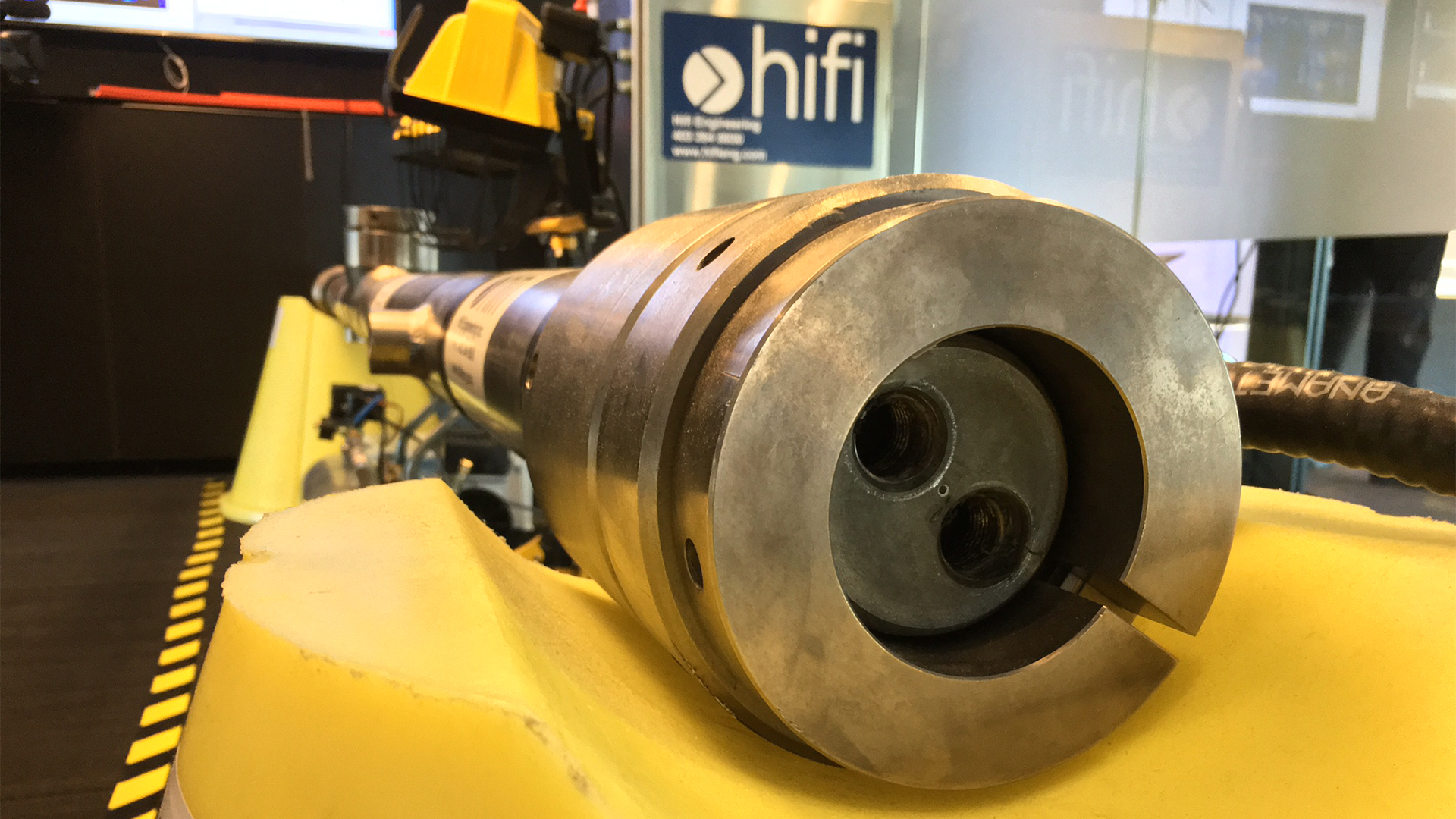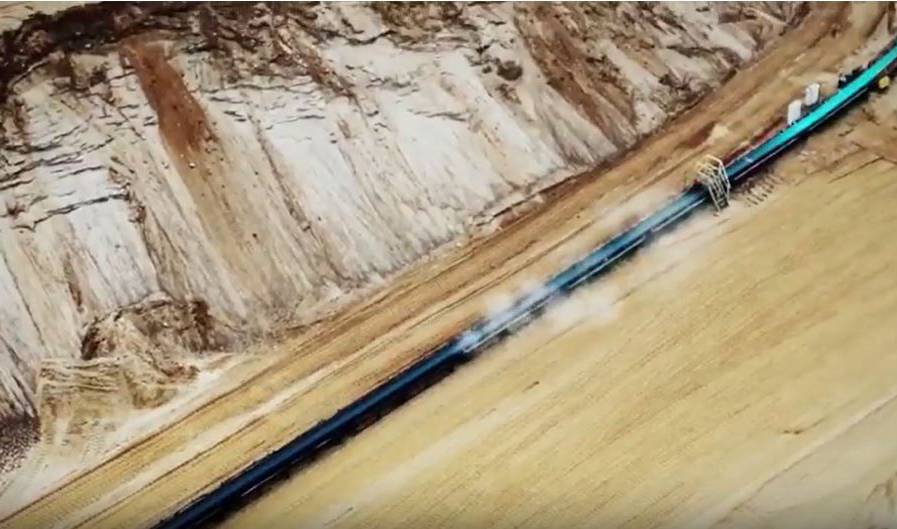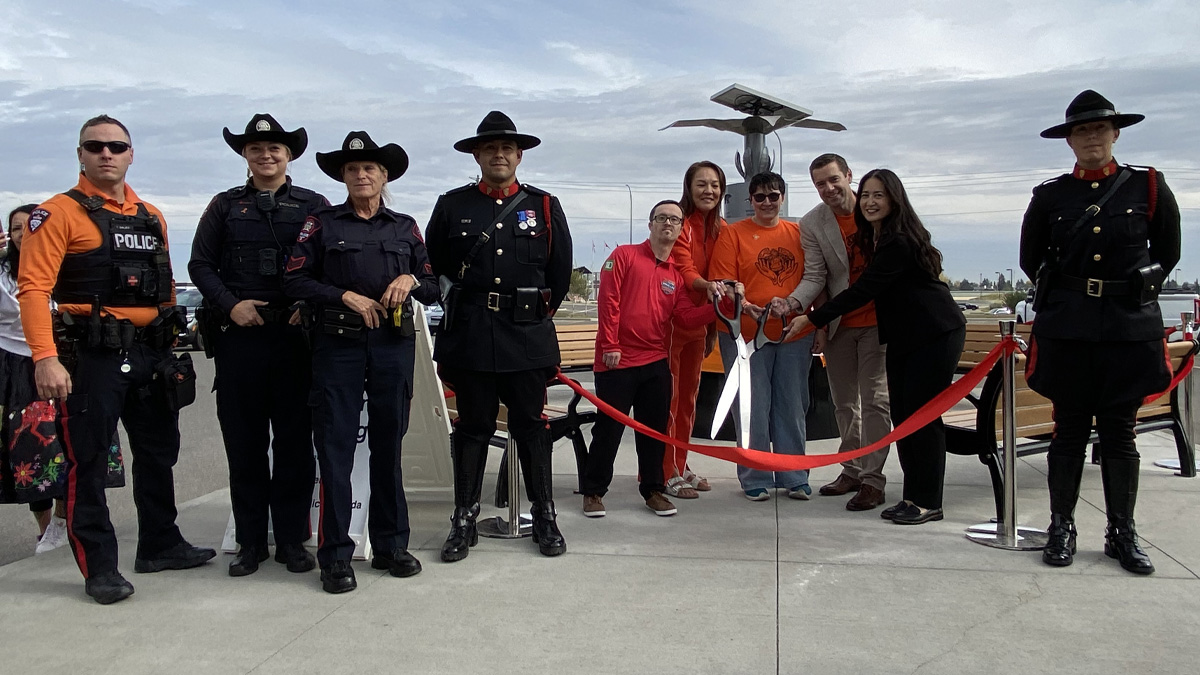Nov 7, 2025
New technology adds another layer to pipeline leak detection
From the highly-trained operators who work in our computerized control centres around the clock, to our detailed maintenance and inspection programs and the regular patrols we do on the ground and from the air, it's safe to say that there are a lot of eyes on our pipelines as they deliver the natural gas and oil that fuels our society.
Monitoring technology to be piloted on Keystone Pipeline
Soon there will also be a set of very sharp ears added to our comprehensive pipeline monitoring and leak detection program, thanks to innovative new technology that will be added to the Keystone Pipeline System. After extensive testing in the lab, TransCanada is teaming up with Enbridge and the Government of Alberta for a pilot project that will see both companies install a new fiber optic-based monitoring system on short sections of their oil transmission networks to see how the product, developed by a small hi-tech company in Alberta, performs in the field. The project is part of our industry-leading R&D program, in which new ideas and technology undergo rigorous evaluation to determine whether they are suitable for deploying on large-scale commercial pipelines.
“Pipelines are already safest way of moving oil and gas, but our goal is to have zero safety incidents and this is another step towards achieving that goal,” said Douglas Robertson, team lead of leak detection technology initiatives. “We have spent several years assessing a number of cable-based monitoring systems, and this one has reached the point where we would like to see how it performs in real operating conditions.”

Steven Koles, president and CEO, Hifi Engineering.
Calgary-based company Hifi Engineering is the first firm to participate in the Alberta Small Business Innovation and Research Initiative, a program that supports Alberta-based enterprises in accessing markets through partnerships with industry.
"We're proud to help homegrown Hifi Engineering bring their new leak-detection technology to some of the biggest players in the oil-and-gas industry. Together we are growing our economy, creating new jobs and ensuring Alberta continues to be the energy and environmental leader the world needs for the 21st century," said Deron Bilous, Minister of Alberta Economic Development and Trade.
Hifi's monitoring system uses a fiber-optic cable installed along the length of the pipeline to act as a highly sensitive microphone and strain gauge.

Hifi Engineering's High Fidelity Dynamic Sensing (HDS) technology is being called the 'ears of pipeline monitoring.'
"Our existing systems are very good at monitoring things like flow rate and pressure in the pipe, whereas Hifi's technology will allow us to sense vibration, temperature and strain on the pipe with a high degree of accuracy," Robertson said. "It will give us a better picture of what is happening around the pipe, such as if the ground is shifting due to an earthquake or if somebody might be digging near it when they shouldn't be."
For the pilot project, Hifi's system will be installed next year on short 'feeder' pipelines at the beginning and end of the Keystone Pipeline in Hardisty, Alta., and Houston, Texas, and will be incorporated into the computerized leak detection and monitoring system at TransCanada's oil pipeline control centre in Calgary.
This project just the latest example of collaboration with industry peers and government to try and advance safety and reduce environmental impact of our operations. TransCanada, Enbridge and the provincial government are also involved in testing technology at a world-class pipeline leak simulation facility in Edmonton, as well as evaluation of helicopter-based sensing technology that has the potential to enhance leak detection during aerial patrols.
"Partnering with other companies and the government allows us all to do more than we could do individually through our R&D programs. We all agree that there is no competition when it comes to safety," Robertson said.




